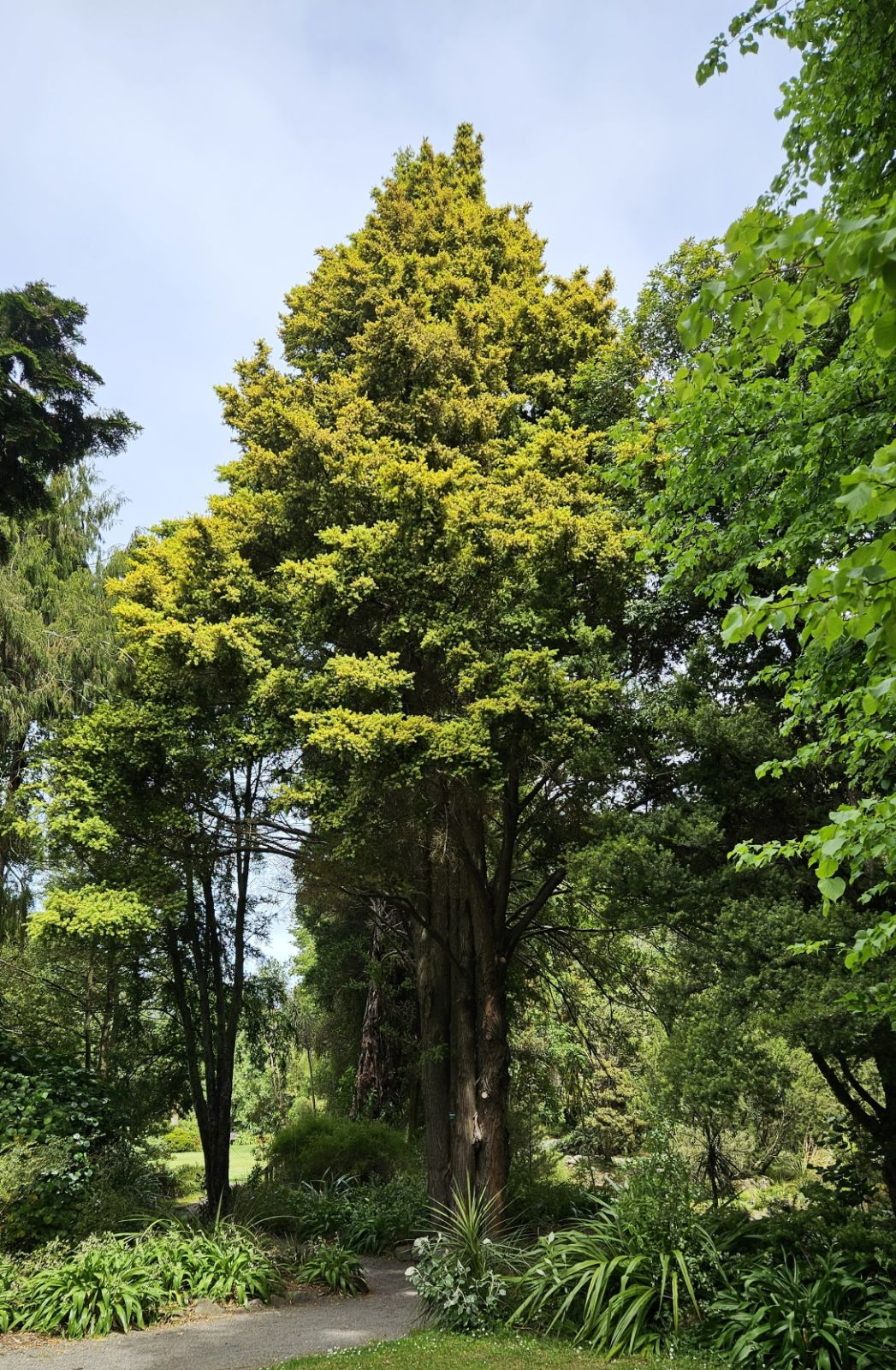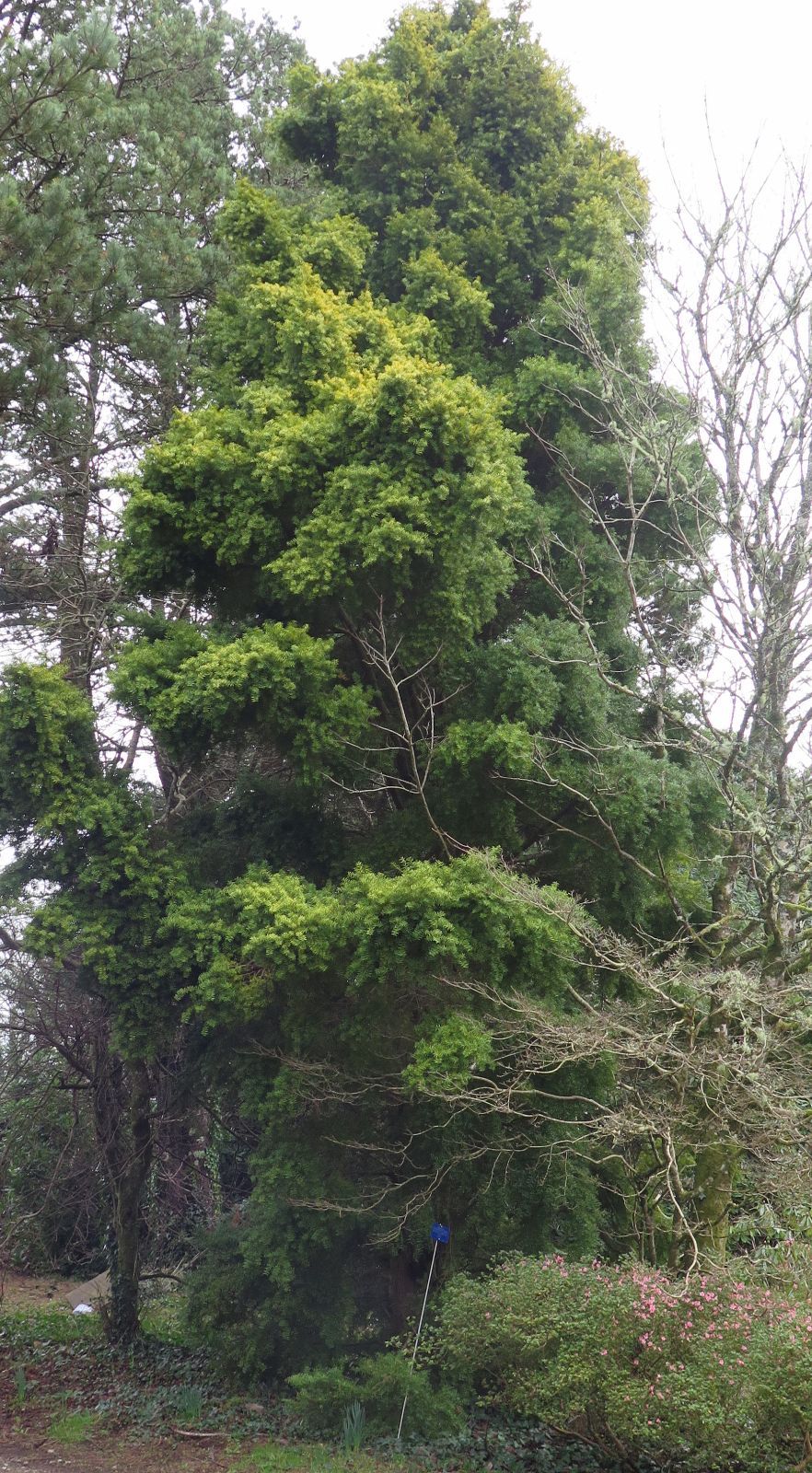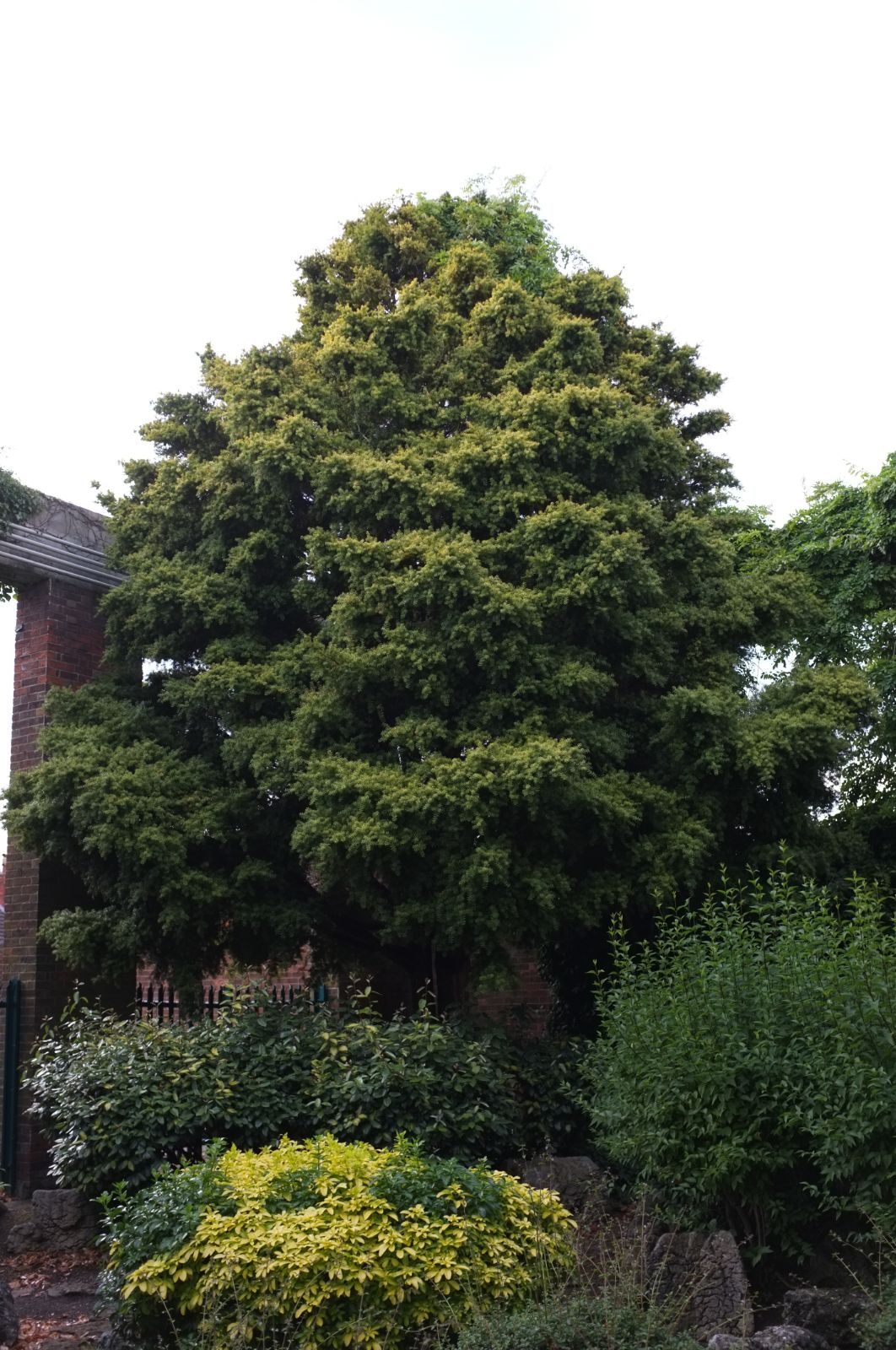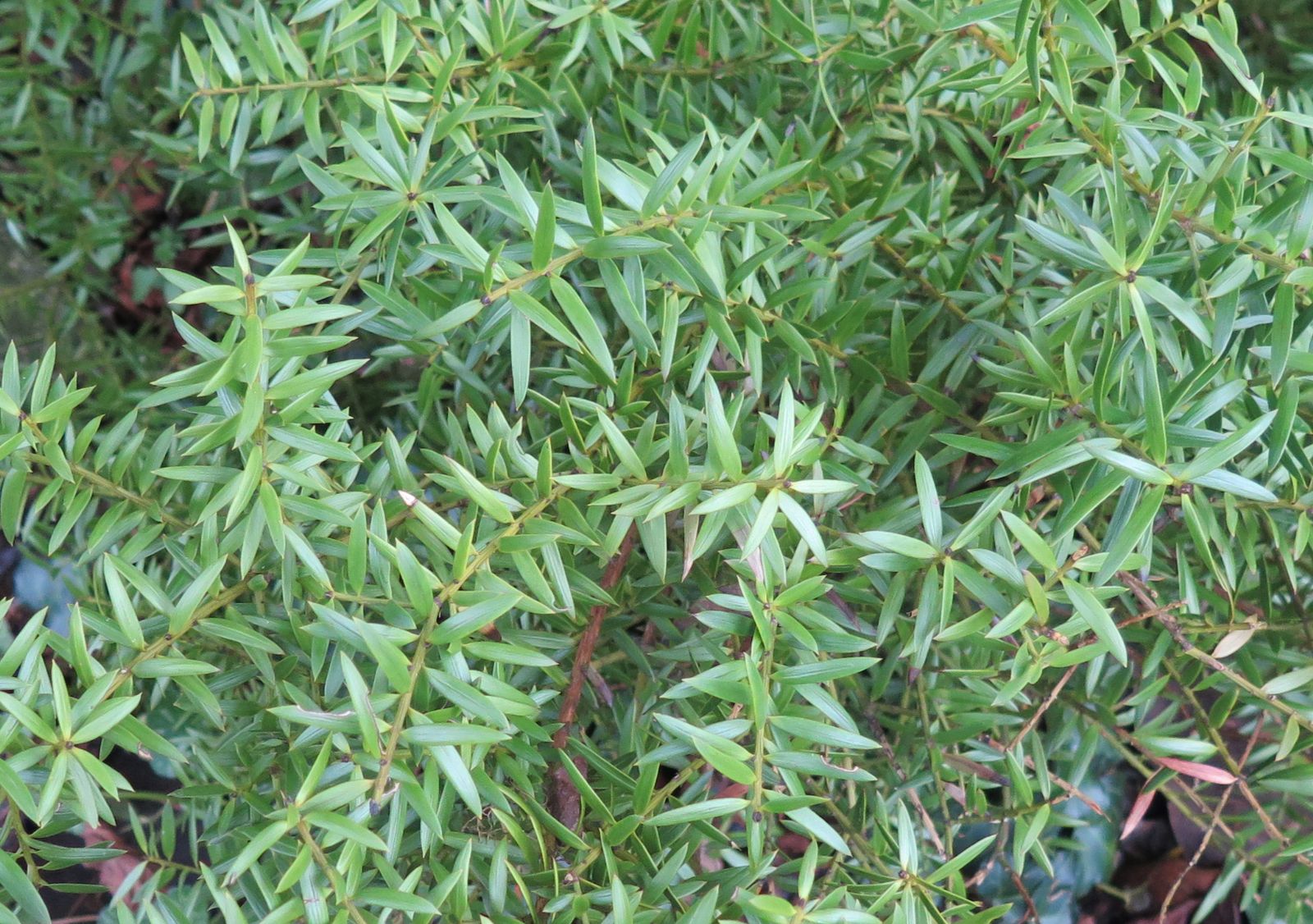Podocarpus acutifolius × totara
Sponsor
Kindly sponsored by
The British Conifer Society in memory of Derek Spicer VMM, founder member.
Credits
Tom Christian (2023)
Recommended citation
Christian, T. (2023), 'Podocarpus acutifolius × totara' from the website Trees and Shrubs Online (treesandshrubsonline.
Genus
Infraspecifics
Other taxa in genus
- Podocarpus acutifolius
- Podocarpus acutifolius × lawrencei
- Podocarpus acutifolius × nivalis
- Podocarpus brassii
- Podocarpus costalis
- Podocarpus drouynianus
- Podocarpus elatus
- Podocarpus elongatus
- Podocarpus guatemalensis
- Podocarpus henkelii
- Podocarpus laetus
- Podocarpus laetus × nivalis
- Podocarpus lambertii
- Podocarpus latifolius
- Podocarpus lawrencei
- Podocarpus lawrencei × nivalis
- Podocarpus macrophyllus
- Podocarpus matudae
- Podocarpus milanjianus
- Podocarpus nakaii
- Podocarpus neriifolius
- Podocarpus nivalis
- Podocarpus nubigenus
- Podocarpus oleifolius
- Podocarpus parlatorei
- Podocarpus pilgeri
- Podocarpus pseudobracteatus
- Podocarpus salignus
- Podocarpus spinulosus
- Podocarpus totara
Spontaneous hybrids intermediate between the parents. This cross is most frequently represented in gardens by material grown as Podocarpus totara ‘Aureus’. Webby, Markham & Molloy (1987) demonstrated that two of the most widely grown ‘Podocarpus totara’ cultivars, ‘Aureus’ and ‘Pendulus’, were in fact hybrids. ‘Aureus’ is discussed below; for ‘Pendulus’ see under P. acutifolius × nivalis.
'Aureus'
Common Names
Golden Totara
Synonyms / alternative names
Podocarpus totara 'Aurea'
Podocarpus totara 'Aureus'
In its native New Zealand Podocarpus ‘Aureus’ is one of the signature golden- or yellow-leaved trees of the horticultural trade. The vivid colour of its foliage, combined with habit and vigour, not to mention the fashion for planting native plants, all mean that it is a common tree in gardens throughout the country. In northern Europe, however, the foliage colour is rather lacklustre compared to plants in New Zealand, and can best be described as a sort of golden-greenish-yellow, somewhat better through the winter months but never so striking as at home. A male clone, it is rather shy and rarely produces pollen cones. Its origins are obscure but it seems to have arisen in New Zealand where it was cultivated at least as long ago as 1955; Larry Hatch suggests it was introduced by the New Zealand firm Duncan & Davies c. 1945 (Hatch 2021–2022).
Ultimately a medium-size tree, Auders & Spicer (2012) suggest a potentially rapid rate of growth, up to 3 × 2 m in ten years, while the largest examples in the UK and Ireland are in the region of 10–11 m tall, in mild gardens including Caerhays, Rowallane and Castlewellan. An intriguing plant in Queen’s Park, Swindon (10 m in 2014) ‘began life in a hot-house which had to be dismantled in the late 1980s’ (Tree Register 2023). It is somewhat faster at home and potentially larger too, subject to local conditions. Podocarpus totara ‘Albany Gold’ is a better colour, but neither so vigorous nor as hardy in the UK at least (Auders & Spicer 2012) and it too may represent a hybrid rather than true P. totara.




